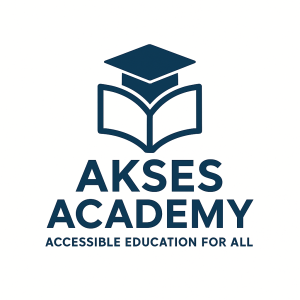📖 Reading (DSKP 2.1.1, 2.2.1, 2.2.2, 2.2.3, 2.3.1)
Objective: To assess pupils’ ability to recognise, read, and understand simple classroom-related words, phrases, and sentences.
Activities:
-
Look at the word and match it to the correct picture (e.g., bag, pen, book, ruler).
-
Read short phrases/sentences and choose the correct picture.
-
Sequence simple sentences to form a meaningful text (e.g., “This is my pen. It is blue.”).
-
Read aloud familiar classroom words with support.
Grading Criteria (Mapped to TP Levels):
-
90–100: TP6 / Band 6 – Reads fluently and comprehends with ease
-
76–90: TP5 / Band 5 – Reads accurately and responds correctly
-
61–75: TP4 / Band 4 – Reads and understands simple sentences
-
41–60: TP3 / Band 3 – Reads and understands words/phrases with support
-
21–40: TP2 / Band 2 – Recognises familiar words with support
-
0–20: TP1 / Band 1 – Recognises letters and sounds with support
📖 Suggested DSKP Elements — Reading (Unit 1: At School)
Content Standard 2.1: Recognise words in print
-
2.1.1 Recognise and read familiar words in print (e.g., classroom objects: book, pencil, eraser, bag).
Content Standard 2.2: Understand meaning in a variety of familiar contexts
-
2.2.1 Demonstrate understanding of words, phrases and simple sentences by matching to pictures.
-
2.2.2 Read and demonstrate understanding of simple sentences (e.g., “This is my book.”).
-
2.2.3 Read and respond to simple WH-questions with support (e.g., “Where is the pen?” → “On the desk.”).
Content Standard 2.3: Read independently for enjoyment
-
2.3.1 Read familiar words and phrases independently for meaning and enjoyment (e.g., reading simple word cards or classroom charts).
